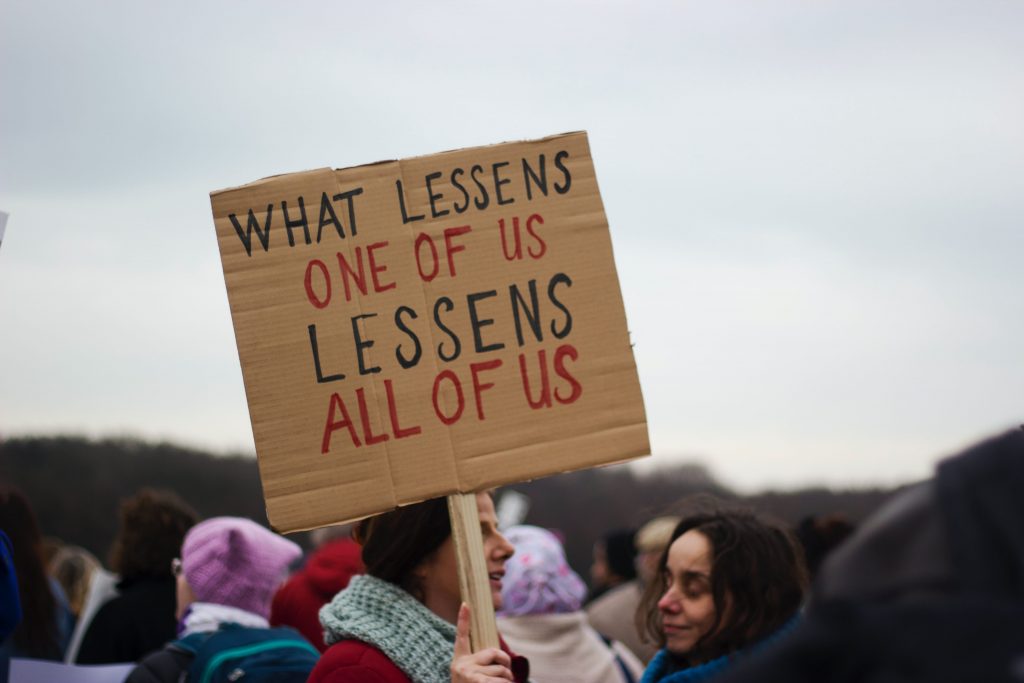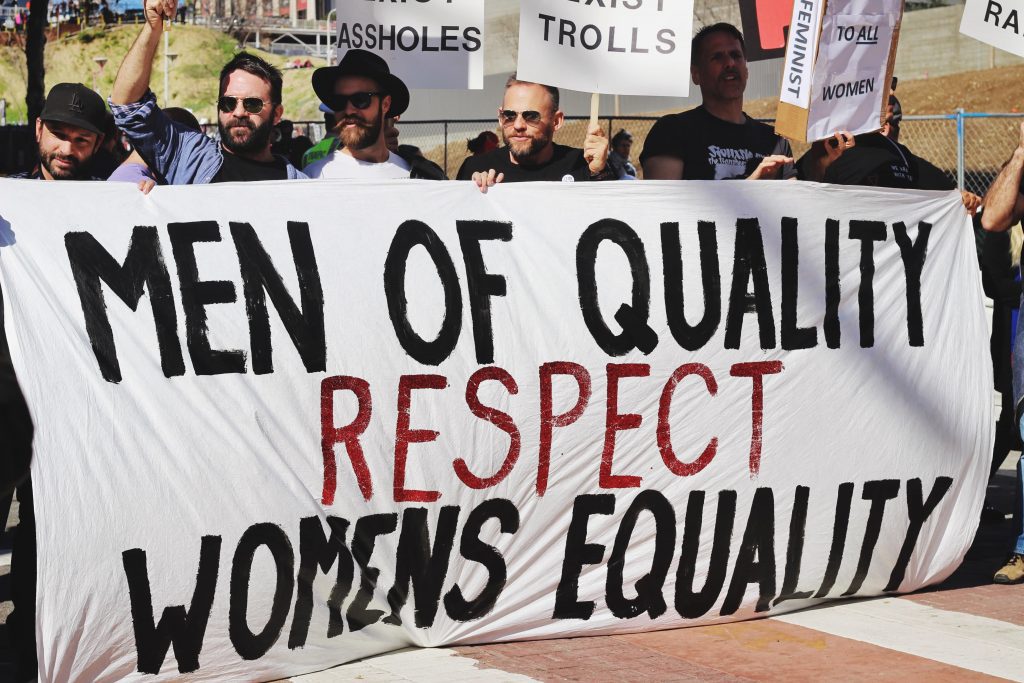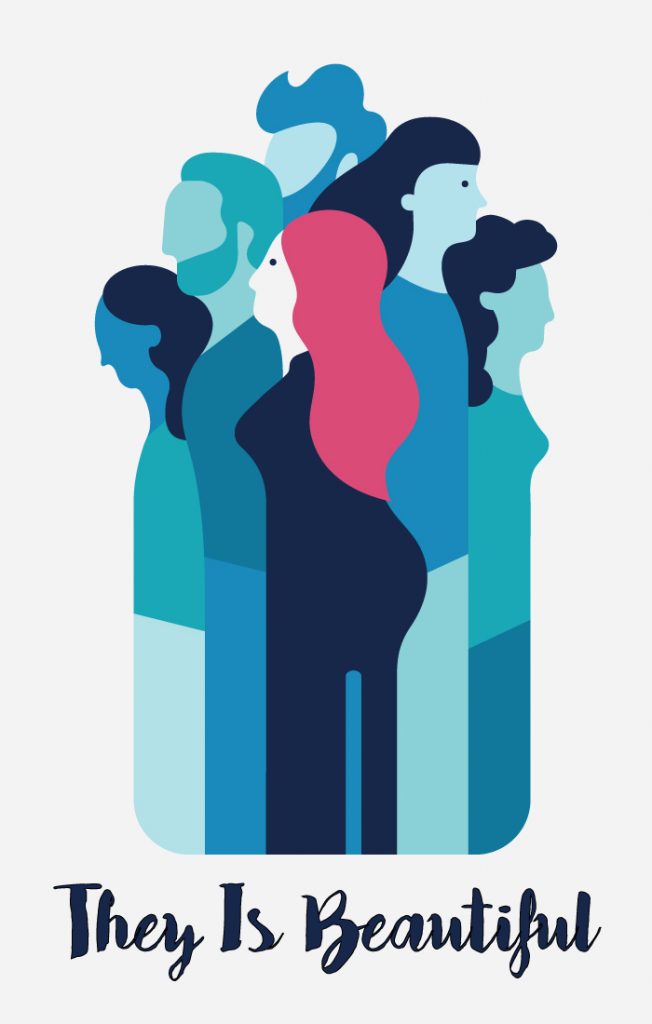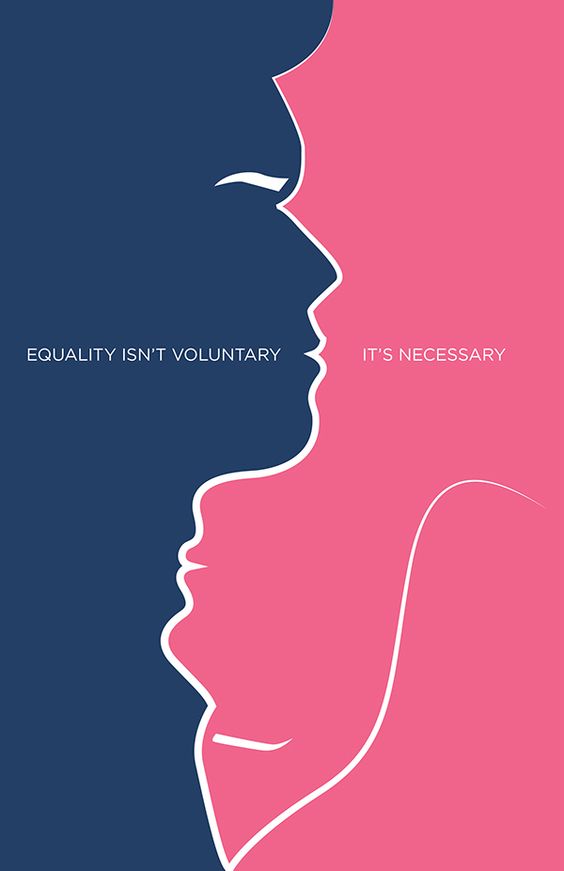I measure the progress of a community by the degree of progress which women have achieved.
Dr. Bhimrao Ramji Ambedkar

Gender has always played a salient role in our society and culture. It has been the predominant factor in deciding the role of individuals in society. When more and more women started entering the workplace in the 1960s to support their families and to keep the country’s economy on track, the gender lines which basically restrict the growth, began to fade. With great numbers of women in the workforce, equal pay and opportunities started becoming a norm. This gave rise to a much-needed initiative known as gender diversity.
Gender Diversity is an equitable or fair representation for people of different genders. It usually refers to the equal proportion of men and women, but may also include people of non-binary genders. Here, non-binary genders are the identities that are not exclusively masculine or feminine. The main objective of gender diversity is to equalize the ratio of men and women in the workplace. Giving women equal power as men in terms of salary, opportunity and fair treatment. More specifically, gender diversity encourages innovation and enhances decision-making skills.
Gender diversity plays a major role in who runs our society, roles of men and women which vary greatly at home and in the workplace.
Although the roles of women in the business world have evolved greatly, our society still has a long way to go before men and women become equal in the workforce. In homes, women have been considered to be the “homemaker” and the men to be the “providers”. Every society treats women and men differently. Back then, women in the workplace were assigned temporary or part-time or low responsibility jobs because it was understood/assumed that their families are more important. Unmarried women were supposed to quit their job as soon as they got married, and if some married women continued working they were likely to quit as soon as they become pregnant. Women with children were supposed to take care of children and family more than work. On top of this, there was a widespread belief that women were neither physically nor mentally or emotionally capable like men.
Despite massive political changes and economic progress in countries around the world, women remained the victim of abuse and discrimination. Even where women have made significant progress in political and business overall progress of women is still even. As times have changed, the majority of men and women tend to meet somewhere in the middle. Looking around the growing world and the pace with which the world is growing there are some significant and appreciating changes such as men have started to perform some household duties so that they would have a bigger role to play in the fundamental growth of the family. Without gender diversity, there are issues which will place their grounds such as, there would be less productivity, less profit, and fewer company morals in corporations. Many people believe that gender stereotypes are sets of characteristics thought to be typical for gender categories. For example, some companies do not employ women because of maternity leave. Not
employing someone because employees consider him/her to be homosexual, is direct discrimination because of sexual orientation.
Recruiters in many companies still believe males to be more strong and aggressive as compared to females. The equality between men and women in an organisation showed better profit and performance than an organisation with either a predominantly male and a predominantly female workforce. The common problem here is the mindset, the society has its mindset of what everyone should be like and if someone stepped out of that perspective, that person will be looked down upon and that someone here is specifically women. Gender diversity is beneficial for both society in general and organizations.
No country can truly develop if half its population is left behind.
Justine Greening, UK Development Secretary
Gender diversity ensures a gender-balanced and better workforce. On the other hand, gender diversity helps organizations attract and retain a talented workforce. The diversity in talent workforce enriches the organisation & problem-solving ability, helping it to sustain itself in competitive times. Serving a diverse customer base also becomes easier with diversity. In addition to the performance-oriented benefit of gender diversity, it also promotes a healthy work culture. A recent survey by the RSA found that women are believed to “bring empathy and intuition to leadership” as they have a greater awareness of other people concerns. “More than half of women felt better” when it came to communication and
effective collaboration. Women are not always domestic human beings, they are sociable, as men tend to act, think analytically and have leadership skills.
The gender diversity initiative in India is in its early stage and still faces many challenges. Societal mindset is the first and foremost important reason for the low count of women in the workplaces. Women are not appreciated to work as compared to men. Domestic responsibility and child care are another reason for the low number of women in the Indian workforce. The old education system also deprives women of joining the workforces because it limits women to skills needed to run a household or to entertainment.
So, when women even drive themselves to work they lack the skills, the industry demands. Some of the major facts regarding gender diversity; In the financial market, State Street Global Advisors offers an exchange-traded fund (ETF), which tracks companies with a relatively high proportion of women in executive and director positions (as per 2016). In films industry analysis of Internet Movie Database (IMDB 2005 data dump) shows how wide the gender gap is in the film industry, especially for the most prestigious types of jobs.
IMDB shows that the industry has about twice as many male actors. Most of the movies (like action movies) mostly revolve around the male actor. Apart from this, reputed jobs like that of musicians, cinematographers, directors are 88%, 76%, 86% respectively male- predominant. As per a pair of industry reports of 2017, men and women enter the industry in equal numbers, but women comprise fewer executive-level positions and less than 20% hold board positions. The first female CEO of a large pharmaceutical company is Emma Walmsley of GlaxoSmithKline.
Equal opportunities are the best way to attract and retain talents. Recognizing and promoting female talents increase the confidence of both the organisation and the women. Women should be provided with flexible working hours. Work performances should be important to promote the organization. Organizations may consider making a crèche to better care for the child. Organizations must also learn to recognize the unique aspiration of women and their desire for flexible work times and a better work/life balance. These are the basic supports that women need to function in their daily lives that will help them to live without sacrificing domestic responsibilities.

However, the opportunities made by the system go far beyond these basics. There is a need to challenge high-profile female employees to play a larger role to help them realize their potential. The real changes will come when Indian men learn leanness in the family, share equally the upbringing and household chores and do not leave it up to their wives to handle the ‘second shift’.
This will promote genuine equality of the gender in the Indian society and it will ensure that women can contribute more to the organization without the double burden of work and domestic responsibilities. We know that advancing gender diversity requires a culture change and that this takes time but we can say that we all have started the journey and are well down the road. Gender diversity is the call of the hour and if it is implemented well it will be beneficial for society, business and economy.
A gender-equal society would be one where the word ‘gender’ does not exist: where everyone can be themselves.
Gloria Steinham

